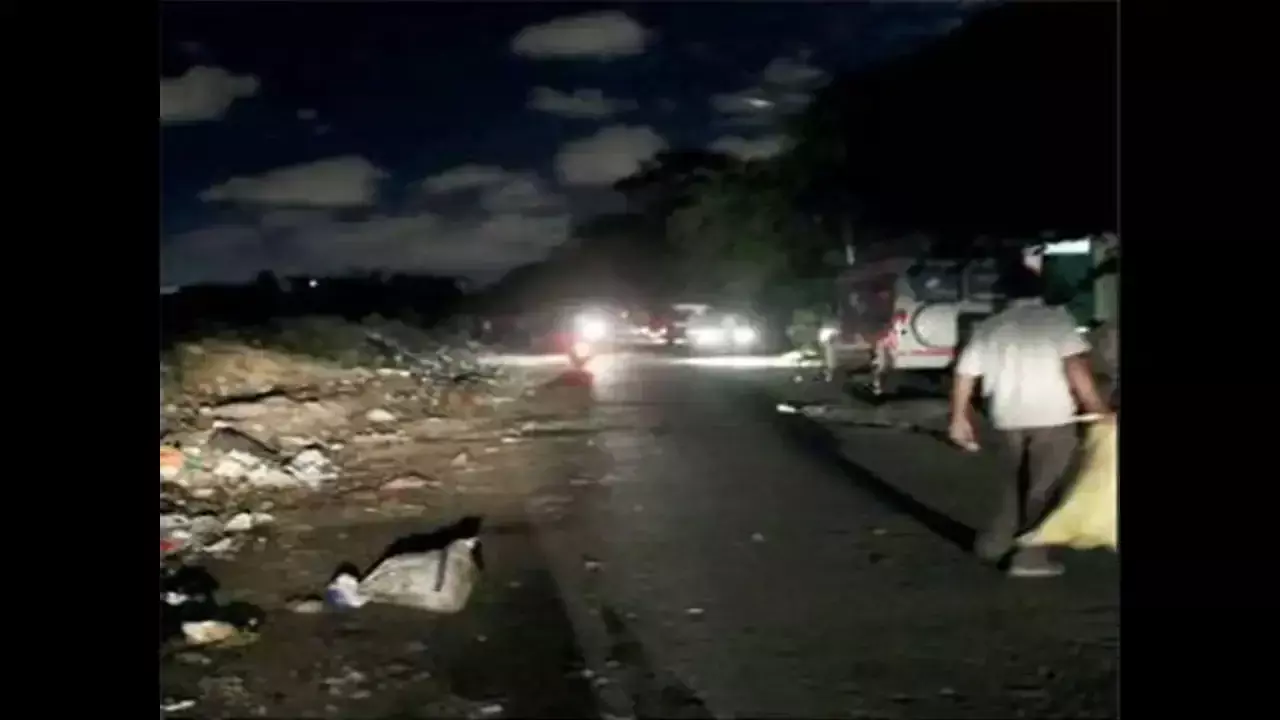TRENDING TAGS :
Why Blackouts and Half-Blackened Headlights?
India last fought a full-scale war in 1971.
India last fought a full-scale war in 1971. Therefore, generations born after 1971 are largely unaware of the finer details, impacts, and precautions associated with war. Although the Kargil War occurred in 1999, it is not classified as a full-fledged war.
The generation born in 1971 is now 54 years old, and it is estimated that about 87% of India’s population is under the age of 50. Let’s revisit some wartime practices and regulations that many might not be aware of today.
Vehicle Headlights
Did you know that a few decades ago, it was mandatory for all vehicles in India—whether scooters, cars, or buses—to have the top half of their headlights painted black? People would often get this done at the showroom itself.
But why?
The reason was significant. During wartime, such measures were taken to minimize visible light, making it difficult for enemy aircraft to spot targets from the sky. This wasn’t limited to India alone—this practice was followed worldwide during wartime, particularly during World War II (1939–1945). It was considered a critical wartime protocol.
Window Glasses
During wars with Pakistan, citizens were instructed to cover their windowpanes with black paper or thick curtains. In cases where black paper wasn’t available, people would use newspaper as an alternative.
As soon as a blackout siren sounded, even lighting a matchstick was strictly prohibited. Why?
Because in absolute darkness, even a small flame could be visible from several kilometers away—potentially guiding enemy bombers toward populated areas.
These rules weren’t merely suggestions but were enforced as vital civil defense precautions during wartime.


